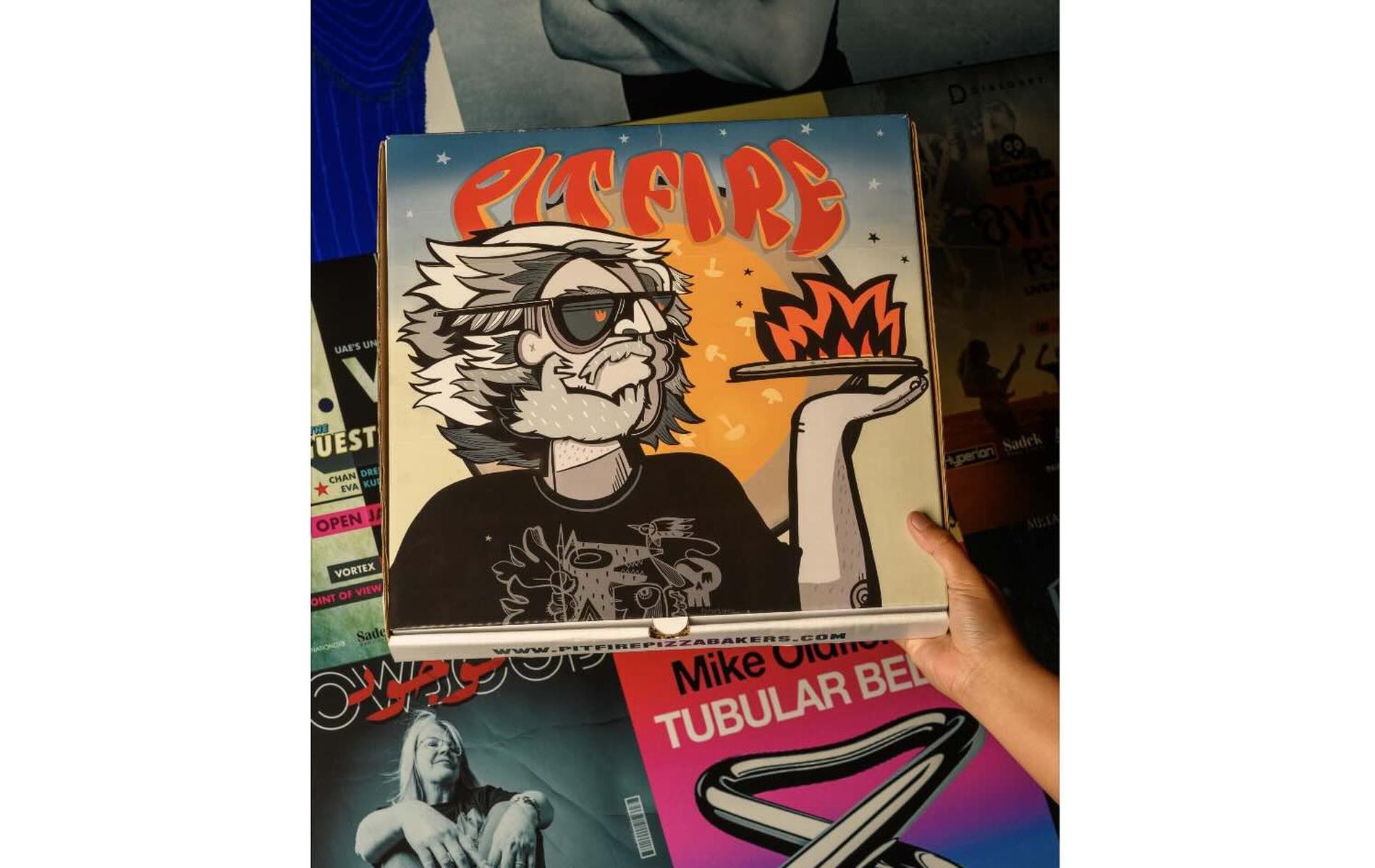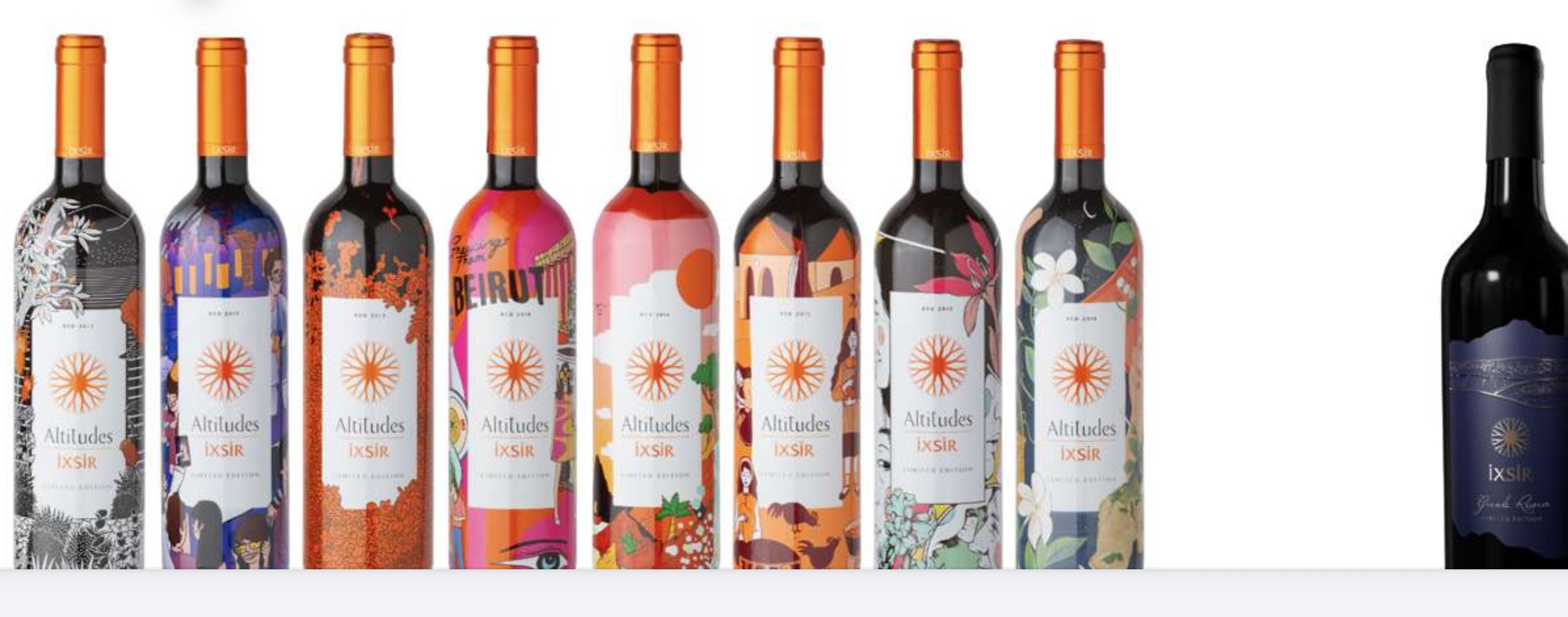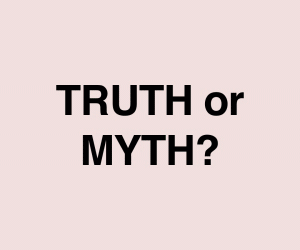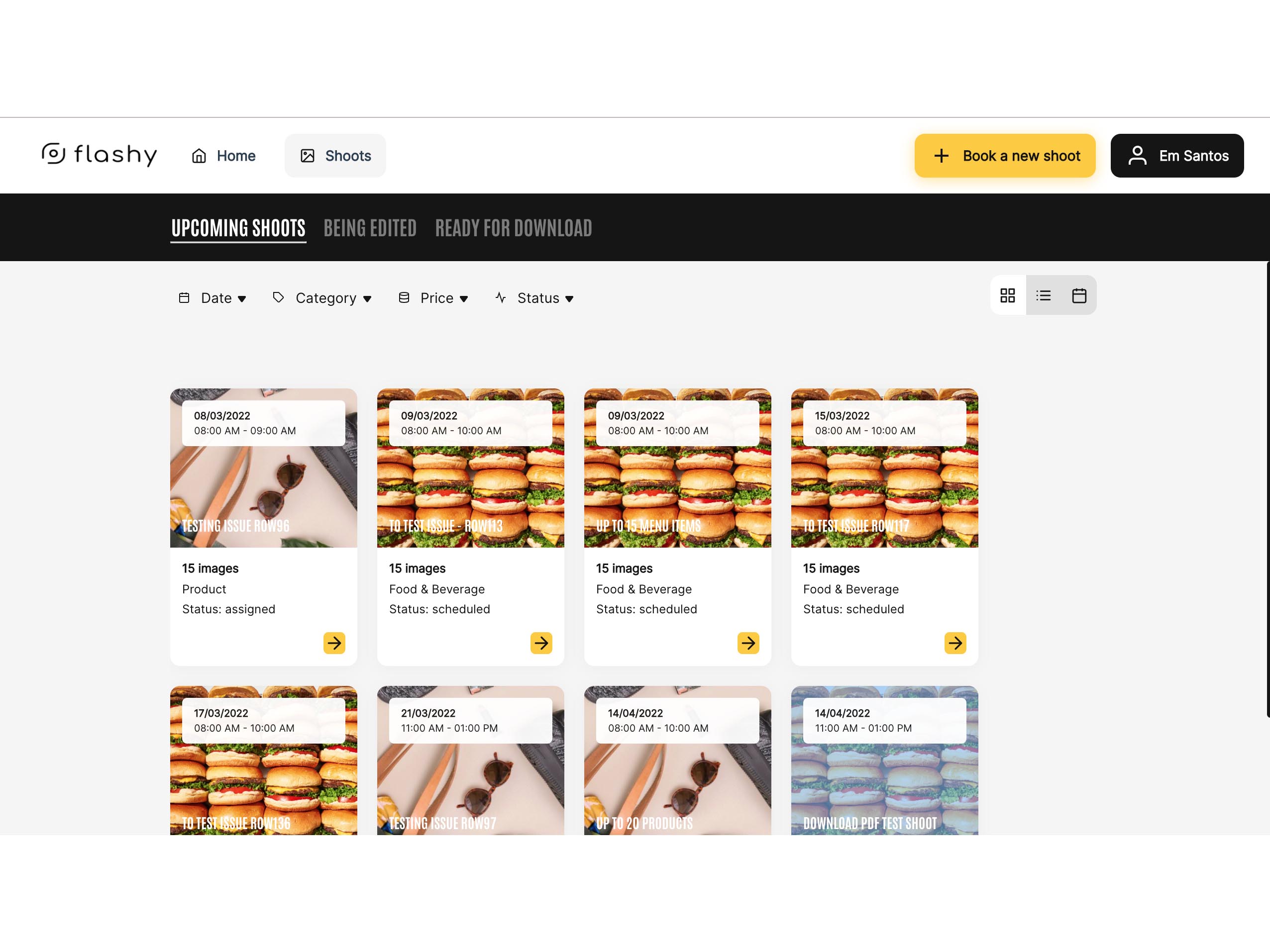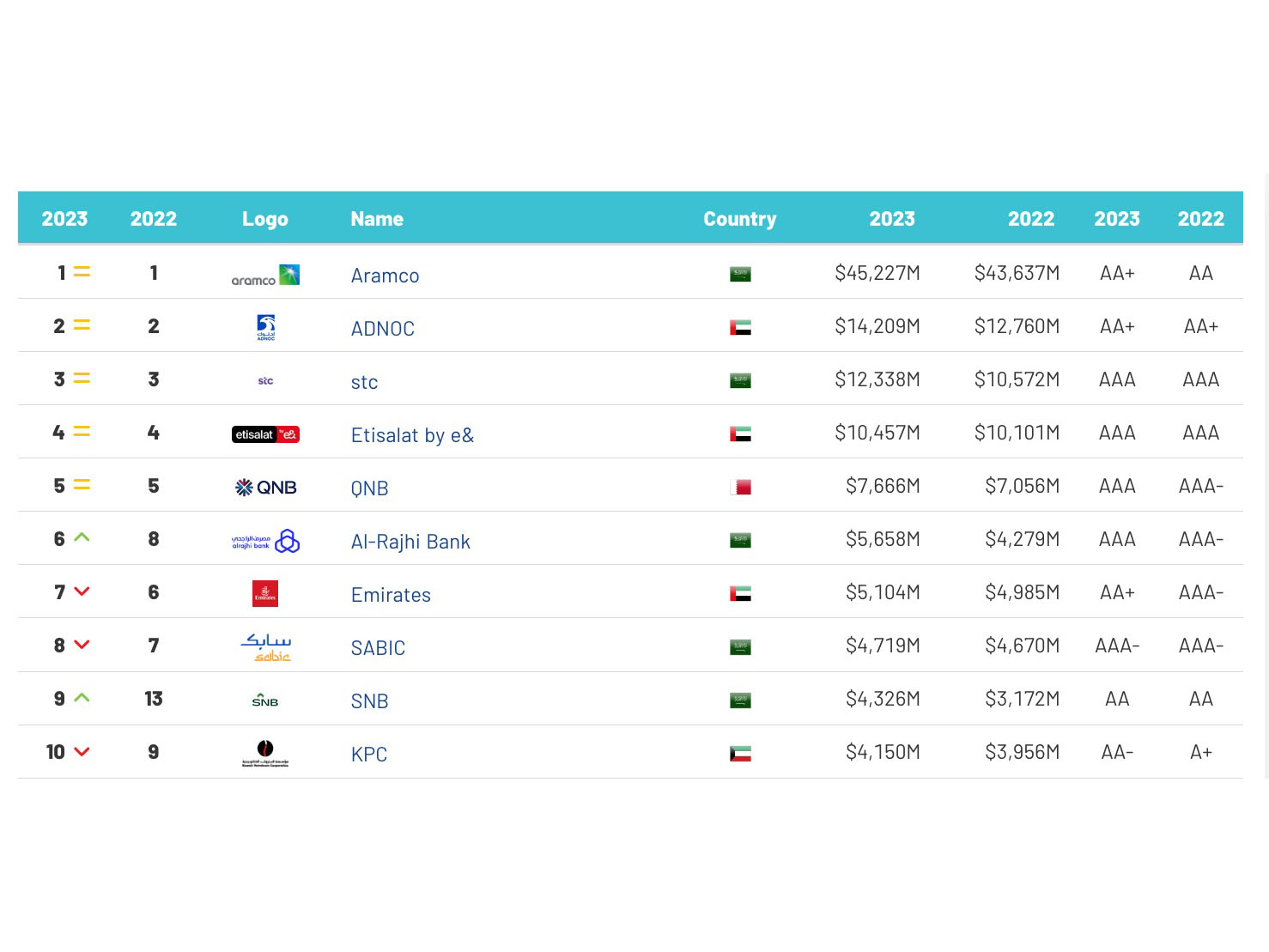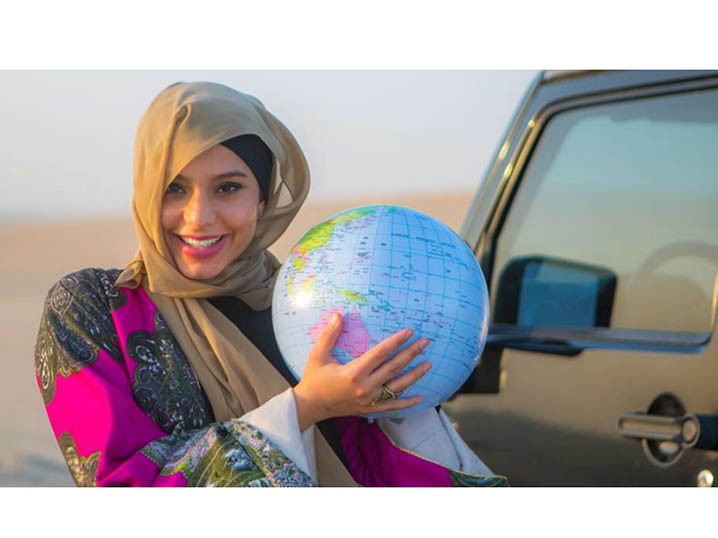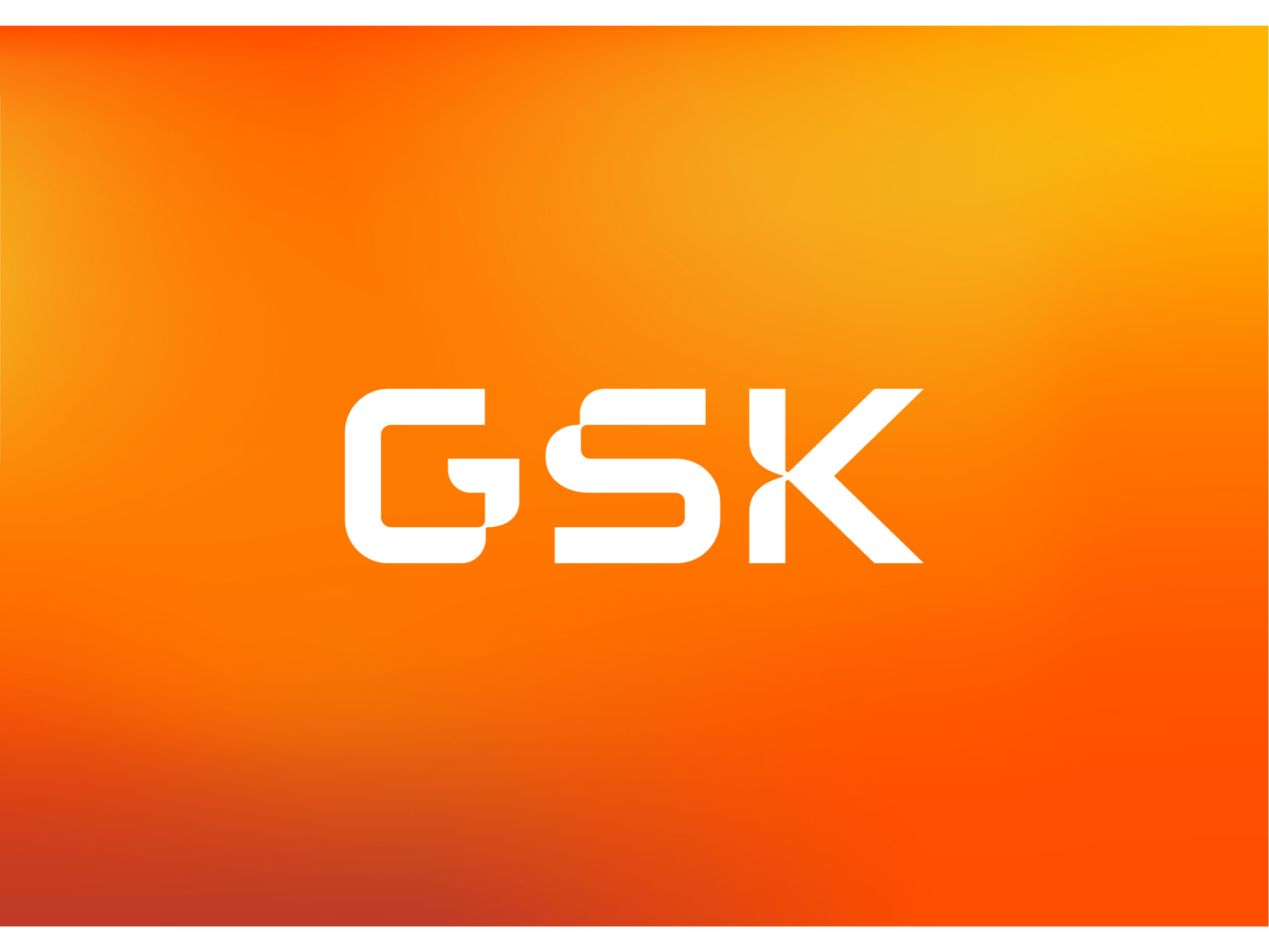Art & Design
Decoding ‘55’: Marc Keyrouz’s Revolutionary Visual Language
by Haytham Khalil
June 10, 2025
.jpg) Advertisement
AdvertisementFor Marc Keyrouz, art is more than expression—it’s a language. Through ‘55’, his self-created visual system, Keyrouz has crafted a unique artistic identity that merges structure, meaning, and emotion. With roots in abstraction and symbolism, his work invites viewers to decode, interpret, and connect on a deeper level.
In this interview, he shares the journey behind ‘55’ and the inspirations that shape his artistic world.
Marc, what inspired you to create a completely new alphabet? Was there a particular moment or experience that sparked this project?
When I was 11 years old, I was fascinated by how shapes could hide and convey statements, descriptions, or even movements using just minimal primary lines and circles. I realized that these symbols could become a universal language.
Growing up, I had difficulties with speech and expression, so I created a language that allowed me to integrate my love of symbols into a visual script that only I could understand. This gave me the freedom to express my theories about life.
The alphabet was inspired by pictographs, Egyptian hieroglyphs, English blackletter, Phoenician letters, Kufic calligraphy, Arabic calligraphy and many other cultural influences. My goal was to create a language that felt familiar to all cultures, one that people could relate to.
By unifying these elements into a single script, I was able to express myself freely, creating a universal language that connects people through shapes, understanding
Developing an alphabet from scratch is a massive undertaking. Can you walk us through your creative process? How did you approach the idea of creating each character and its significance?
The language has not yet been deciphered for the public. It is constantly evolving, with ongoing refinements to the negative spaces of shapes and the balance of characters.
Following the structure of the English alphabet, the 55 script consists of 26 letters, each converted into a formula designed to create a pattern-like alphabet. While derived from the symbols of Chapter I, the alphabet is distinct, meaning each letter can shift shapes while staying consistent with the original formula. This enables a word to be written in different ways while abiding to the same structural logic. Each letter has its own distinct formula that cannot be modified.
In terms of measurements and proportions, the 55 script was inspired by the golden ratio, a fundamental formula found in nature and human body composition.
The golden ratio wasn’t created by humans; it was discovered. By integrating this ratio, the language harmonizes with the natural world, making it inherently familiar to the eye.
The name 55 remains a mystery to the public. The only way to uncover its meaning is by deciphering pieces of the 55 Script and immersing yourself in its evolving journey. The number 55 is the very reason I began exploring language, it’s tied to a life-changing event that made me question everything and seek deeper meaning.
Given Lebanon’s rich cultural heritage, do any particular elements of Lebanese culture or the region’s history influence the design of the alphabet?
Growing up in Lebanon, I had the honor of experiencing Phoenician culture, the civilization that created the alphabet. Their letters are both inspiring and perfectly shaped. The Arabic language has also had a significant impact on the script, with the Diwani and Kufi calligraphy styles integrated into its foundation.
After I created the symbols of Chapter 1, a collection of seven designs, each carrying its own meaning, I aimed to create strong and powerful 2.5 meter steel monuments, resulting in 14 statues across six of Lebanon’s wonders. These symbols are deeply inspired by Lebanon’s historical roots and the study of its map, which is why each statue reflects the unique characteristics of the wonder in which it is placed.
Challenges Faced: What were some of the biggest challenges you faced while creating this new alphabet? Were there moments of doubt, or did everything flow organically for you?
The start in Lebanon was a real challenge. Creating something tied to an undiscovered language was met with skepticism from the people. I spent four years spreading the language across the country, helping people develop familiarity with it. This was the main reason I began installing statues at key landmarks, such as the Ministry of Culture and heritage sites, to help the public adapt to this new style they weren’t familiar with.
The second challenge was securing funding for 55Script. I financed all 55 projects by selling designs, canvases, figurines, and clothing. Despite these obstacles, the vision of 55 script remained strong, and everything flowed organically.
How do you hope “55” will be received by both the creative community and the wider public?
I aim for 55 to be recognized as a universal language,artistically and psychologically, understood through vision and concept, rather than nationality or linguistic barriers.
My goal is for people to adopt this style as a way to condense complex meanings into simple shapes, aligning with 55’s vision for the future. Much like signs, it serves as a tool for universal understanding and unity.
Would you consider collaborating with other designers or artists to further develop or expand “55”?
55 has always collaborated with various artists, testing its dynamics and proving its adaptability across different styles. Through these collaborations, the community continually experiments and refines the language of 55.
In our recent exhibition, The Mother Superior, 55 worked with 10 local artists, each specializing in a different field. Mother Superior serves as a reminder that we are not isolated entities, but interconnected beings bound by our experiences.
This diversity allowed 55 to be showcased in multiple formats, making it more accessible to the public.
Looking ahead, 55 aim to expand his collaborations beyond artists to include professionals from various fields, such as fashion designers, jewelry craftsmen, architects, interior designers, performers, musicians, psychologists, and more.


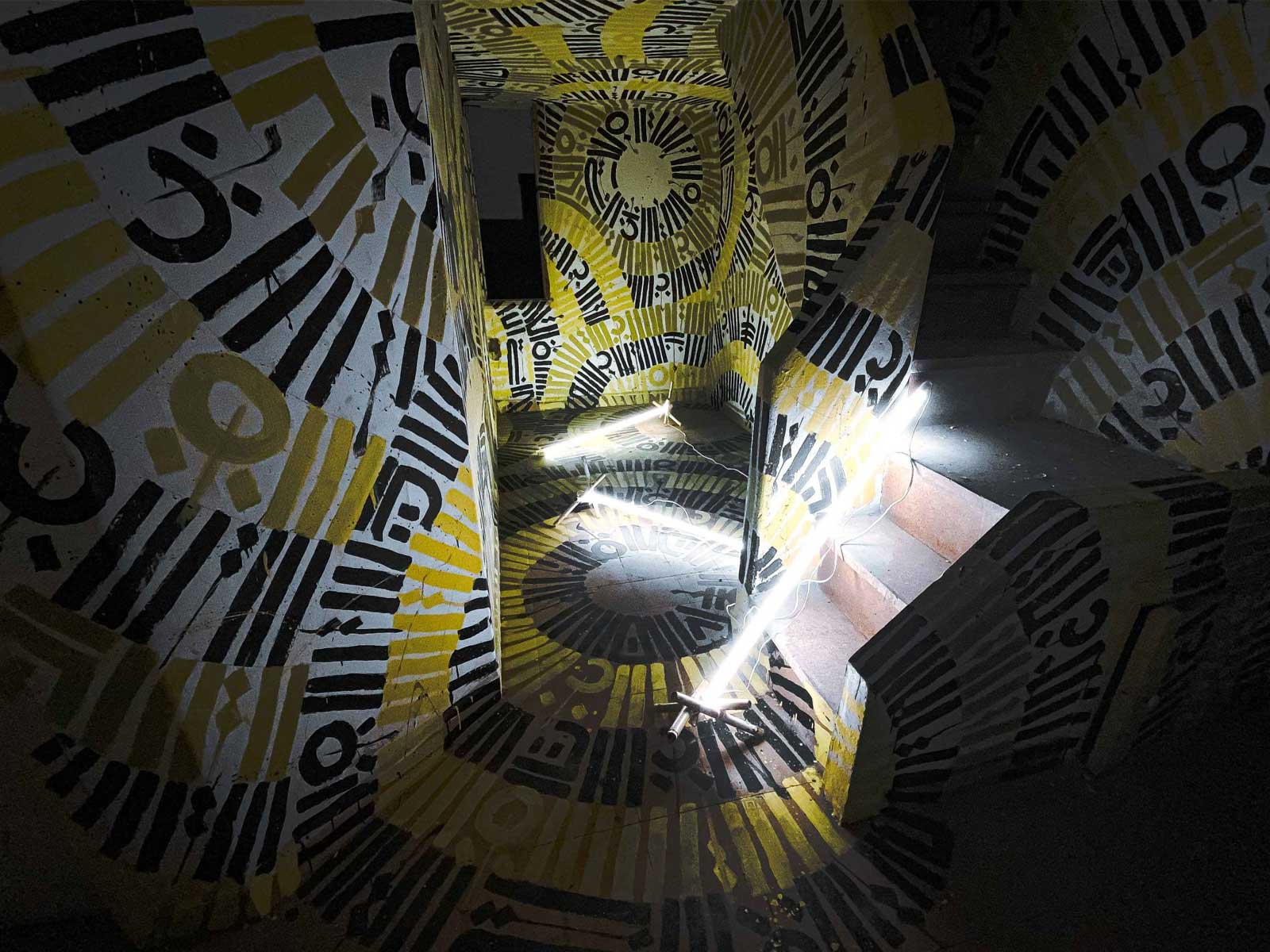










.jpg)

